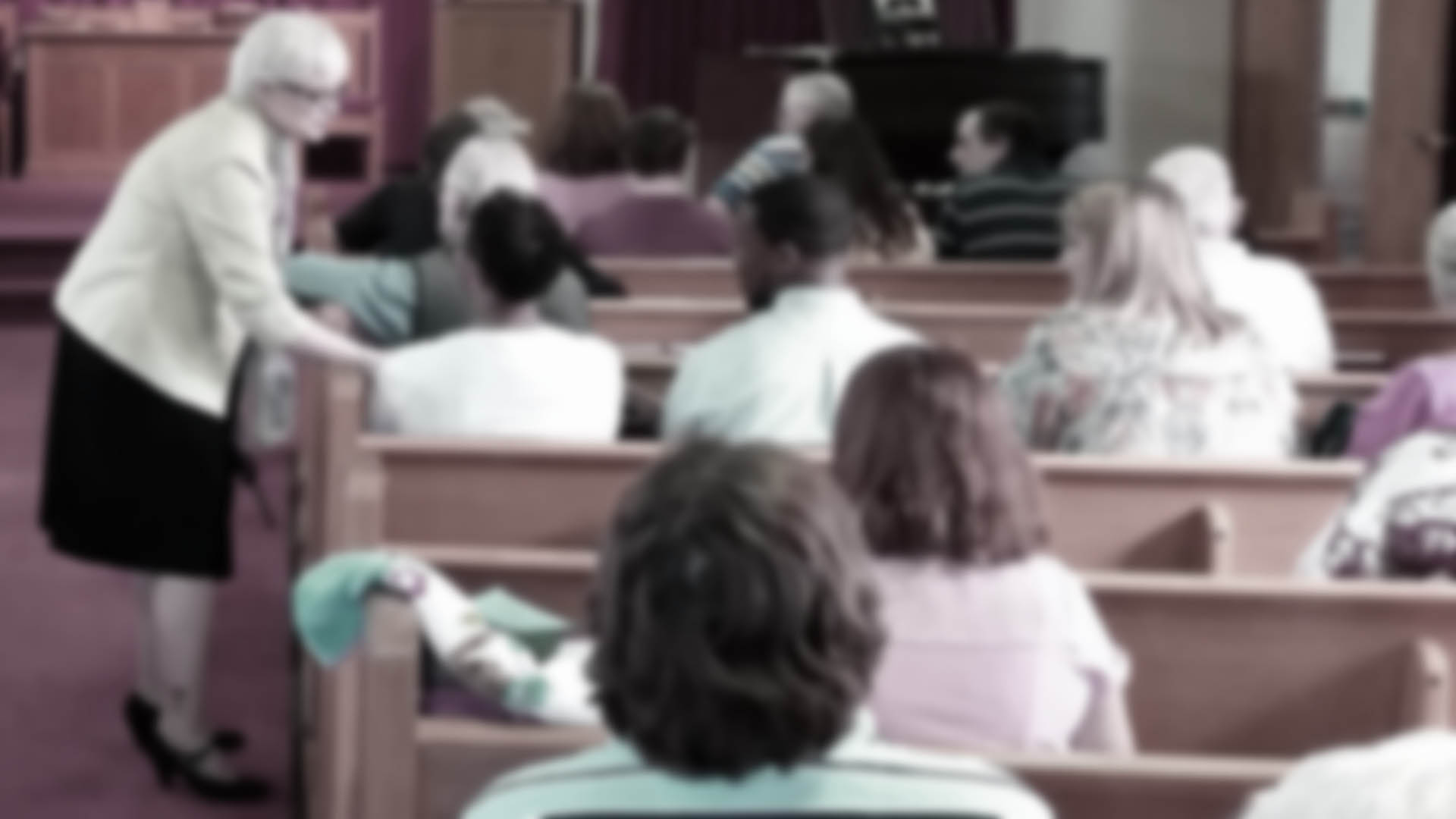The fall is the traditional time for many churches to do their annual stewardship drive, if they still do them. So during this time of the year churches are searching for an effective stewardship program. But we know from experience that most stewardship programs lose their effect after two or three years, so the search seems to be endless.
Let me suggest another way that is effective whether or not you do an actual stewardship drive. Instead of focusing on raising your budget, focus on developing tithers. Tie your stewardship drive to following God’s vision rather than your budget or raising funds. Tying your efforts to your budget always limits the results. But tying it to God’s claim on our lives always results in better giving because none of us can out give God. God created us and God is a giver so we should be givers as well. We were created to be giving beings – givers of time, energy, and money.
Make sure your goal is helping your people become the master of their money rather than letting their money master them. One of my favorite sayings is, “Your standard of giving should determine your standard of living instead of letting your standard of living determine your standard of giving.”
Because of our consumer mindset, the odds are that your people can’t start tithing on day one. Most are too far in debt to start tithing. So you have to show them how to get out of debt and how to start on the road to tithing. Here’s what I did while pastoring.
- We talked about stepping up tithing. We provided charts that showed people how if they stepped up one percent a year it wouldn’t take many years to become a full-blown tither.
- I taught in worship on how my wife and I learned to double tithe by never buying a new car and never buying something we couldn’t pay for first other than a home.
- We offered a money back guarantee to those who decided to tithe. But we never had to give back any money because tithing changes the way you treat your money.
- We offered a weeknight course on the power of saving money. If I were pastoring today, I would offer a course on how to balance a checkbook and why to never have a credit card but only a debit card.
We designed our own program that we called “The Missing Piece to Spiritual Maturity” and we did it in the spring to get away from tying it to our budget. This program was designed to start where the individual was in his or her spiritual journey and move them to the next level. So everything in the program was customized to a person’s previous giving record. All the mailings they received were based on their previous giving record, so nothing in the program was one size fits all.
The next thing we did was have giving parties at the parsonage where each group was invited based on their previous giving. At the party, someone who was one giving step above the group would share what stepping up to tithing had meant in their life. Then the people were given pledge cards to sign if they were ready.
More and more churches today are getting away from the pledge card, which is fine with me as long as the culture of the church is evangelical and focused on reaching the unchurched. For a typical mainline church to abandon the pledge card would be a mistake.
So I encourage you to move away from the fall for your stewardship drive. Instead, do it in the spring for a variety of reasons:
- Because of tax refunds the spring is the time of year most people have the most discretionary money.
- People are happier in the spring than they are in the fall because of the change in weather.
- It removes the stewardship effort away from budget time.
Those who want to look into “The Missing Piece to Spiritual Maturity” can purchase it here.
You may also find the following posts helpful:
The New Testament Model of Stewardship
Spring is Better than Fall for a Stewardship Drive
Stewardship is a Way of Life
Question: How have you seen a call to stewardship done effectively? How have you seen it done poorly? Share your experiences and ideas in the Comments section below.


